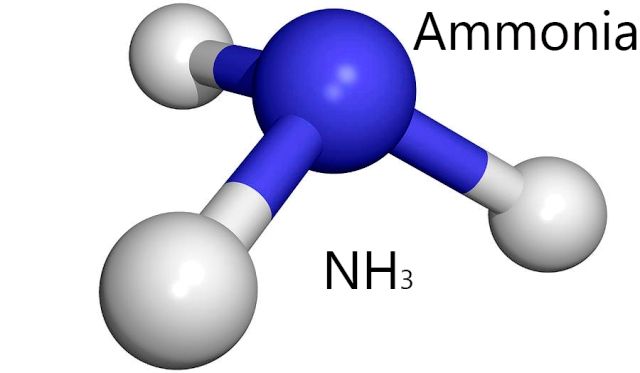Project Report For Ammonia Plant
Introduction
Project report for Ammonia Plant is as follows.
Ammonia, a colorless gas with a distinct odour, is a building-block chemical that is used in the production of many everyday products.
It exists naturally in the environment, including the air, soil, and water, as well as in plants and animals, including humans. When the human body breaks down protein-containing foods into amino acids and ammonia, the ammonia is converted into urea.
Ammonia is a fundamental component of ammonium nitrate fertilizer, which releases nitrogen, a necessary ingredient for growing plants such as farm crops and lawns.
Project Report Sample On
Ammonia Plant
Get Completely Custom Bankable Project Report
Approximately 90% of the ammonia produced globally is utilized in fertilizer, which helps to sustain food production for billions of people throughout the world. Food crop production naturally depletes soil nutrient resources.
Farmers rely on fertiliser to make their soils productive in order to produce healthy harvests. Fertilizers can also assist enhance the amounts of key nutrients in food crops such as zinc, selenium, and boron.
The global ammonia market has grown significantly, reaching 11.38 million tonnes in 2020, and is expected to rise at a high CAGR of 4.60 percent over the next 10 years, through 2030. Ammonia, with the chemical formula NH3, is a nitrogen and hydrogen-based organic molecule.
It’s a pungent-smelling, highly reactive, colorless, and soluble gas. It’s a fundamental chemical that’s employed in the production of a variety of everyday items. Soil, air, water, plants, animals, and humans are all-natural sources of gas.

The steam reformation of natural gas, in which the natural gas is turned into liquified petroleum gas or petroleum naphtha to produce hydrogen, is used to produce ammonia on a massive scale in the industry.
The Ammonia market can be divided into agricultural, textiles, pharmaceutical, mining, refrigeration, and other end-use sectors.
The agricultural industry dominated the Ammonia market historically and is expected to continue to do so through 2030. The Ammonia market is expected to benefit from the exponentially expanding demand for nitrogen fertilizer due to its advantages in agricultural applications in the coming years.
The rapidly increasing need for gas for refrigeration as a result of increased consumption of frozen food and fresh meat products is expected to boost Ammonia market growth in the coming years.
The pharmaceutical industry’s increasing demand for ammonia in growing economies such as China and others will drive the market forward in the future.
Market Potential Of Ammonia Plant
Expenses

Product Cost Breakup

Reveneue Vs Expenses

Market Trend

In 2020, the global ammonia market was valued at USD 67.01 billion. COVID-19 has had an unprecedented and catastrophic impact, with NH3 seeing a negative demand shock across all regions as a result of the pandemic
As per our calculations, the global market will shrink by 16.8% in 2020, compared to the average year-on-year growth from 2017 to 2019. During the period 2021-2028, the market is expected to increase at a CAGR of 6.4 percent, from USD 71.98 billion in 2021 to USD 110.93 billion in 2028.
When the pandemic is finished, this market’s demand and growth will revert to pre-pandemic levels, resulting in a sharp increase in CAGR.
Throughout 80% of the NH3 produced is used as fertiliser in agriculture, helping to support food production for billions of people around the world. The substance is also utilized in the production of textiles, plastics, medicines, dyes, insecticides, and other compounds, as well as as a refrigerant gas.
It’s also utilised as a neutralizer, stabilizer, and nitrogen supply in wastewater treatment, rubber, pulp & paper, food & beverages, and cold storage. The increased use of products, particularly in the fertiliser industry, will help to boost overall corporate growth.
